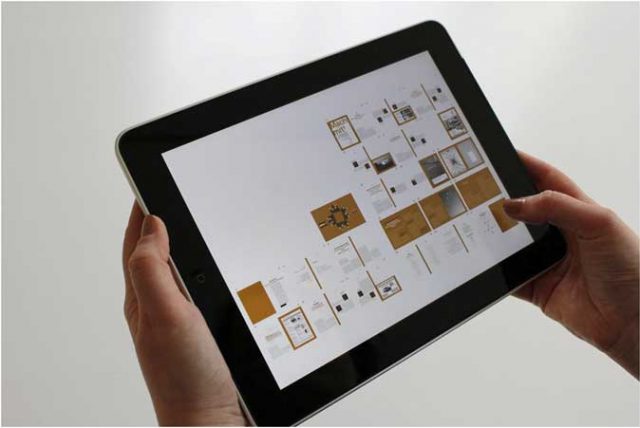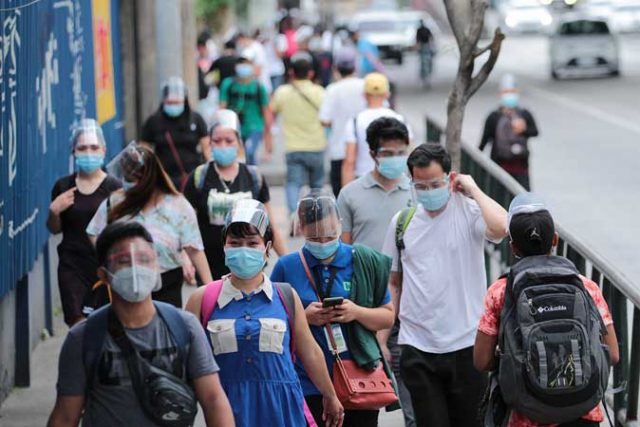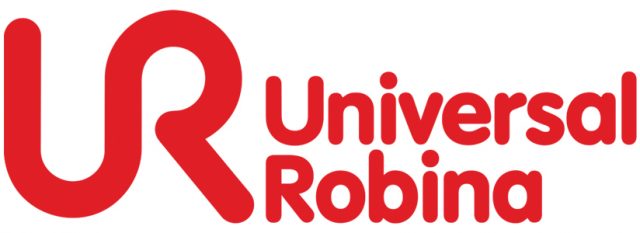Latest software and development trends for 2021
Life in the software development sector never stands still. There are always several new, innovative, and disruptive technologies out there, ready to make our lives easier. 2021 may only be halfway through, but we’ve already seen some interesting trends emerge.
Microservices and Docker containers
Microservices refer to a way of building applications whereby each component can function independently and within the app. It’s a very distinct way of designing different kinds of software. Instead of looking at the big picture, the developer seeks to create single-function modules that also work when combined with others.
The trend for this kind of development has increased recently as companies and developers attempt to become more streamlined in their work while moving to a more DevOps-centred approach. A good example of this is the use of Docker containers. These create fast solutions for developers looking at how to improve docker performance. Using these kinds of containers is one of the leading ways to develop software right now, and is a part of this general trend. They are handy for those wanting to maximize speed during the development process.
Expansion of the Internet of Things
Juniper Research has estimated that by the end of 2021, more than 40 billion interconnected devices will be functioning on the Internet of Things, including over 30 billion new devices. The concept was first introduced 20 years ago, but today it has grown beyond all expectations. Many of us use IoT devices such as smartwatches, speakers, digital home controls, mobile-linked CCTV, and more without realizing they’re IoT technology.
The rollout of 5G has been a big boost for the sector, and in 2020 the average household has 10 connected devices. The current leader in terms of IoT devices is Google Home which has 48% of the market share.
The increased popularity of low code development

Low code development is a term that describes the development of low code applications and software. Essentially, it provides ‘blocks’ of code that carry out various functions. The coder can then assemble these blocks to create an application or similar. This allows various creations to develop without the need for coding. It’s instrumental when a program or app has repetitive coding or a basis that is commonly used elsewhere.
The key benefits of using this approach are the fact that it significantly reduces development time. It also allows coders to spend more time on complex or specialist bits of code. Additionally, it enables individuals to create new apps without authoring, testing, and experimenting with scripts.
Progressive web apps
There may have been times when you’ve accessed a mobile website, only to find it’s slow and unresponsive. This can be really frustrating. Many companies have sought to create web apps that are standalone applications downloaded from the App Store. But this requires downloading, installing, accepting terms and conditions, and giving the app access to parts of your device. A progressive web app works from within the browser and doesn’t require downloading.
The difference is that it’s designed to appear like an app and offer a higher level of service and usability. Think of it like a boosted application. These apps are secure, internet-free, easy to use, and always up-to-date. They are also growing significantly in popularity.
With just less than six months remaining, who knows what exciting developments the rest of 2021 has in store.













